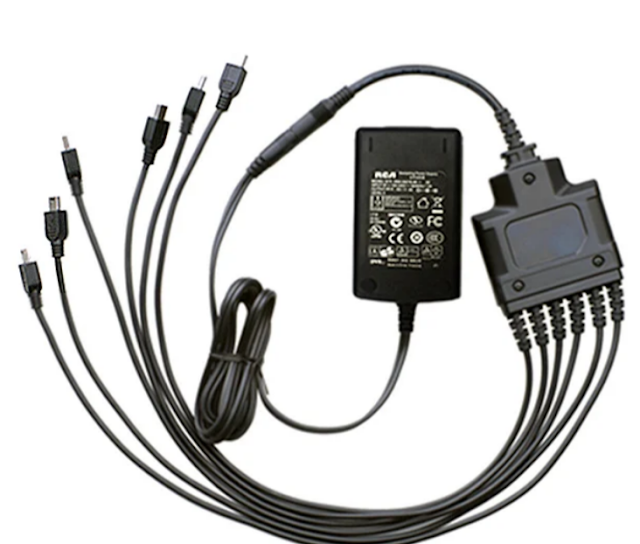From Trucking to Off-Roading: How Vehicle Two-Way Radios Have Created Their Niche
Staying connected is critical in today's fast-paced world, particularly for those on the move. Communication is essential whether you're a cab driver, an HVAC mechanic, or a first responder. Vehicle two way radios, which are designed for installation in automobiles and connectivity to external antennas as standard, have transformed mobile employee communication.
Let’s check out vehicle two way radios and their importance, as well as the critical role of their batteries in maintaining continuous communication.
Two-Way Radios: An Important Communication Tool
Many sectors rely on two-way radios for survival. These devices allow people to communicate with one another using radio waves. Each user has a two-way radio unit that transmits and gets audio and data over radio waves.
A two-way radio system may consist of as simple as two radios directly connected or as complicated as an encrypted network encompassing a whole country. Two-way radios are generally known by the phrase "walkie-talkie," which refers to unlicensed radio equipment. The scope of two-way radios, on the other hand, includes both unlicensed and licenced equipment.
These radios work by translating sounds into radio waves that are subsequently broadcast over the air. These waves are received by the receiving radios and converted back into audio, guaranteeing continuous communication. Two-way radios are capable of transmitting both analogue and digital signals. Digital transmission is a more current technique that allows text messages and notifications to be sent. Furthermore, digital radios include data encryption to safeguard against unauthorized access.
The Wavelengths Employed in Two-Way Radios
Two-way radios operate in the 30 MHz (Megahertz) to 1000 MHz (1 GHz) frequency range.
This range is split into two sections:
- Very High Frequency (VHF) - A frequency range of 30 to 300 MHz.
- Ultra-High Frequency (UHF) - A frequency range of 300 MHz to 1 GHz.
Most two-way radio equipment requires licensing and operates in the 136 - 174 MHz and 403 - 527 MHz parts of the spectrum. Each country's authority is in charge of allocating these licenses. Nevertheless, some two-way radio frequencies, such as PMR446 at 446 MHz, are designated as license-free.
The Function of Handheld Radio Batteries
Handheld radio batteries constitute an important part of two-way radio equipment. These batteries are available in a variety of styles, each with its own set of benefits.
The following are the most popular types of rechargeable battery packs found in handheld two-way radios:
- NiCd batteries: Nickel-Cadmium batteries initially became known for their "memory effect," current NiCd batteries have essentially addressed this issue. They are, however, gradually being eliminated out in favor of more modern battery technology.
- NiMH (Nickel Metal Hydride) Batteries: NiMH batteries outperform NiCd batteries and are similar to superior alkaline batteries.
- Lithium-Ion (Lithium-Ion) Batteries: Lithium-Ion batteries are the epitome of battery technology. They are capable of being recharged fast and multiple times, making them the favored choice for many manufacturers' newer model radios.
When compared to local possibilities, premium quality portable radio batteries should have a longer life time. They should also be much less in weight, have a relatively low self-discharge rate, and be solidly built to assure a proper match with your radio.
Furthermore, Vehicle Two Way Radios and their batteries play critical roles in the world of communication, enabling continuous connectivity and dependability across a wide range of industries. The right gadgets and battery type are critical for a dependable and effective communication system.




Comments
Post a Comment